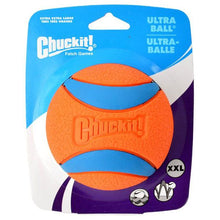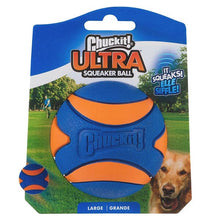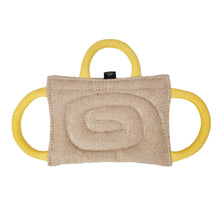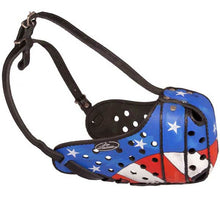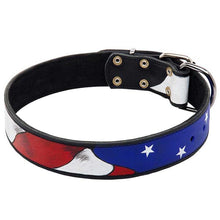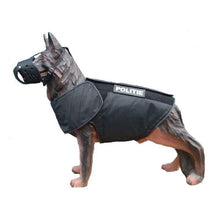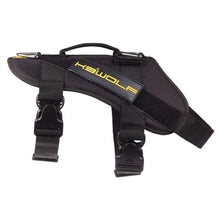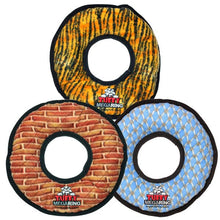How to Correctly Identify Dominant Dog Behavior

A common misconception among dog owners is that all dominate dogs are aggressive and will act out their aggression on people and other dogs. However, many experts agree that dominate dog behavior does not necessary translate to aggression and many aggression issues are a direct result of fear, anxiety, and mistrust. Dominance is used to describe the way dogs organize themselves within social groups or their pack. Pack members may compete for food, resting places, space, nurturing, affection, grooming, or toys. In the wild, wolves for example, have a typically nonviolent system for determining who gets what and when.
Since fighting is dangerous and can result in injury or death, wolves organize their relationships by dominant and subordinate behaviors. The dominant animals have priority over subordinates, so fights are rare. The pecking order is usually established through posturing and sparring. Dominance may also be based on sex, age, size, personality, and the status of close relatives.
Domestic dogs have evolved from wolves but many of their wild traits are now missing and their social lives are very different, such as: they are now bonded with people, they are no longer free ranging, less suspicious of new situations, they rely on their owners for their provisions, and feral dogs of today don’t form the same stable packs as wolves do. In today’s households, a dog may or may not have a dominate, or alpha personality, which is sometimes misconstrued as negative. Just because a dog has a strong personality, doesn’t mean they will make a bad pet or have aggression issues. What is the difference between a dominate dog personality and dominate aggression? Dominate aggression is a behavior problem that needs training and behavior modification.
Signs and symptoms may include:
Guarding when people or other animals come too close to food, toys, or stolen objects.
Guarding items and threatening when owners attempt to take things or food away.
Challenges owners or people who stand over or stare directly at them.
Will not accept handling in certain ways, such as grooming particular areas of the body, grabbing the collar, touching paws, rolling the dog over on his back, patting the dog on top of the head.
The dog will not allow itself to be picked up or held.
Aggressive response when disturbing sleep or rest.
Will not allow anyone to pass or step over.
Shows aggression when receiving correction, scolding, or punishment.
Dogs that act out the above behaviors are exhibiting conflicted emotions and reacting to the discomfort they feel in a way that works for them: instilling fear in people. Dogs suffering from dominate aggression need specialized evaluation and training to build confidence and trust and to correct the aggression. Punishment, scruff grabbing, hitting, rolling the dog, and similar measures will often make the problem worse and can lead to a dangerous situation. True dominate dog behavior, which does not always equate to a dominance problem, and does not involve aggression is typically displayed as:
Wanting to be first in line.
Rushing out the door first.
Trying to get to food first.
Leash pulling.
Mounting.
Urine marking.
Other dogs in the house defer to the dominate dog over resting places, etc.
Keeping a dominate, non-aggressive, dog in his place is a matter of shifting the power from dog to owner through training and leadership. Establish pack leadership through:
Making the dog work for treats.
Making the dog sit while the owner passes through a door first.
Loose leash heel, training the dog to heel not pull.
Being fed last.
Having to place, sit, stay before play time, exiting the car, entering the house, etc.
Improving obedience skills.
Under no circumstance allowing the dog to guard anything in their environment.




